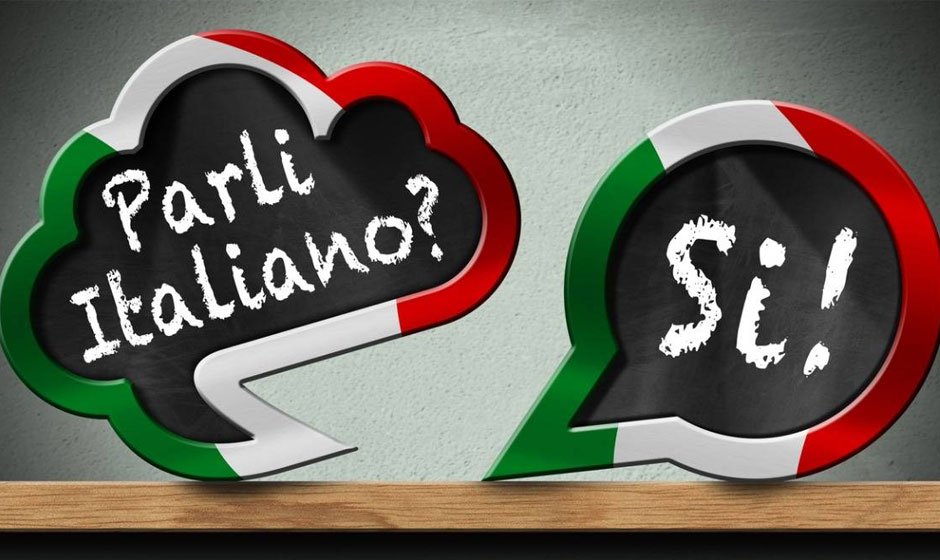Learning how to ask “How are you in Italian” will open doors to more meaningful conversations and relationships. Understanding the various ways to ask and respond to this question in Italian helps you navigate different social contexts, from casual chats with friends to formal conversations with colleagues or elders. This guide will cover the most common phrases and their appropriate usage.
Common Phrases to Ask “How Are You?” in Italian
Come Stai?
“Come stai?” is the most common Italian greeting to ask “How are you?” It is used in informal situations, typically among friends, family members, or peers. The phrase translates to “How are you?” and is essential to daily conversations in Italy.
Come Sta?
“Come sta?” is the formal version of “Come stai?” It is used when speaking to someone you don’t know well, an elderly person, or in a formal context. Using “Come sta?” shows respect and politeness, making it suitable for professional settings or when meeting someone for the first time.
Come Va?
“Come va?” is a casual way to ask, “How’s it going?” It may be used in both informal and semi-formal situations. The versatile phrase is often used among Italian friends, colleagues, or acquaintances.
Responses to “How Are You?” in Italian
Bene, Grazie
A simple and polite way to respond is “Bene, grazie,” which means “Good, thank you.” The response is suitable for both formal and informal situations.
Sto Bene
“Sto bene” translates to “I am well.” It is a straightforward and positive response that may be used in any context.
Tutto Bene
“Tutto bene” means “Everything is good.” It’s an optimistic response that conveys a general sense of well-being. The phrase is often used in informal conversations.
Non C’è Male
“Non c’è male” means “Not bad.” It is a neutral response that indicates things are going okay, without being overly positive or negative. The phrase may be used in both formal and informal settings.
Così Così
“Così così” translates to “So so.” The response is used when things are neither good nor bad. It’s a common way to express a neutral state in informal situations.
More Detailed Responses
Sto Male
“Sto male” means “I am not well.” Use this response if you’re feeling unwell or unhappy. It is a straightforward way to communicate that you’re not doing great.
Potrebbe Andare Meglio
“Potrebbe andare meglio” translates to “Could be better.” It indicates that things are not going perfectly but not terribly either. The phrase may be used in both formal and informal conversations.
Alla Grande
“Alla grande” means “Great.” Use this enthusiastic response to convey that you’re doing exceptionally well. It’s an informal phrase often used among friends.
Asking About Someone Else
E Tu?
“E tu?” means “And you?” It’s a simple way to return the question and keep the conversation going. The phrase is informal and commonly used among peers and friends.
E Lei?
“E lei?” is the formal version of “E tu?” It is used to ask “And you?” in a respectful manner, suitable for formal conversations or when speaking to someone you don’t know well.
Benefits of Learning Italian Greetings
Enhance Your Language Skills
Learning how to ask and respond to “How are you?” in Italian is a fundamental step in language acquisition. It helps you engage in basic conversations, which is crucial for improving your Italian language skills.
Build Stronger Relationships
Understanding these phrases allows you to connect more deeply with Italian friends, colleagues, and acquaintances. Using the right phrases shows respect for the language and culture, fostering better relationships.
Navigate Social Situations
Knowing the appropriate phrases for different contexts helps you navigate various social situations with ease. Whether you’re in a formal business meeting or a casual gathering with friends, you’ll be able to communicate effectively.
Practical Tips for Using Italian Greetings
Observe and Mimic
Pay attention to how native speakers use these phrases. Observing and mimicking their usage helps you understand the nuances and improve your own language skills.
Practice Regularly
Regular practice is key to becoming fluent in any language. Use these phrases in your daily conversations to build confidence and proficiency.
Be Mindful of Context
Always consider the context when choosing which phrase to use. Formal situations require more polite and respectful language, while informal settings allow for a more relaxed approach.
Engage with Native Speakers
Engaging with native speakers is one of the best ways to learn a foreign language. It provides real-life practice and helps you understand cultural nuances.
Conclusion
Mastering how to ask “How are you in Italian” and knowing the various responses will significantly enhance your communication skills and relationships. By learning and practicing these common Italian greetings, you may navigate different social contexts with ease and confidence. Whether you are speaking with Italian friends or engaging in a formal conversation, these phrases will help you connect more effectively and show your respect for the Italian language and culture.
Frequently Asked Questions
How do you greet someone in Italian?
To greet someone in Italian, you can say “Ciao” for informal situations or “Buongiorno” for formal contexts.
Do Italians say ciao as hello?
Yes, Italians use “Ciao” as both “hello” and “goodbye” in informal settings.
What is the difference between ciao and Buongiorno?
“Ciao” is an informal greeting, while “Buongiorno” is used in formal contexts and means “good morning.”
Who says buongiorno?
Anyone in a formal context, such as during business meetings or when addressing an elderly person, uses “Buongiorno.”











